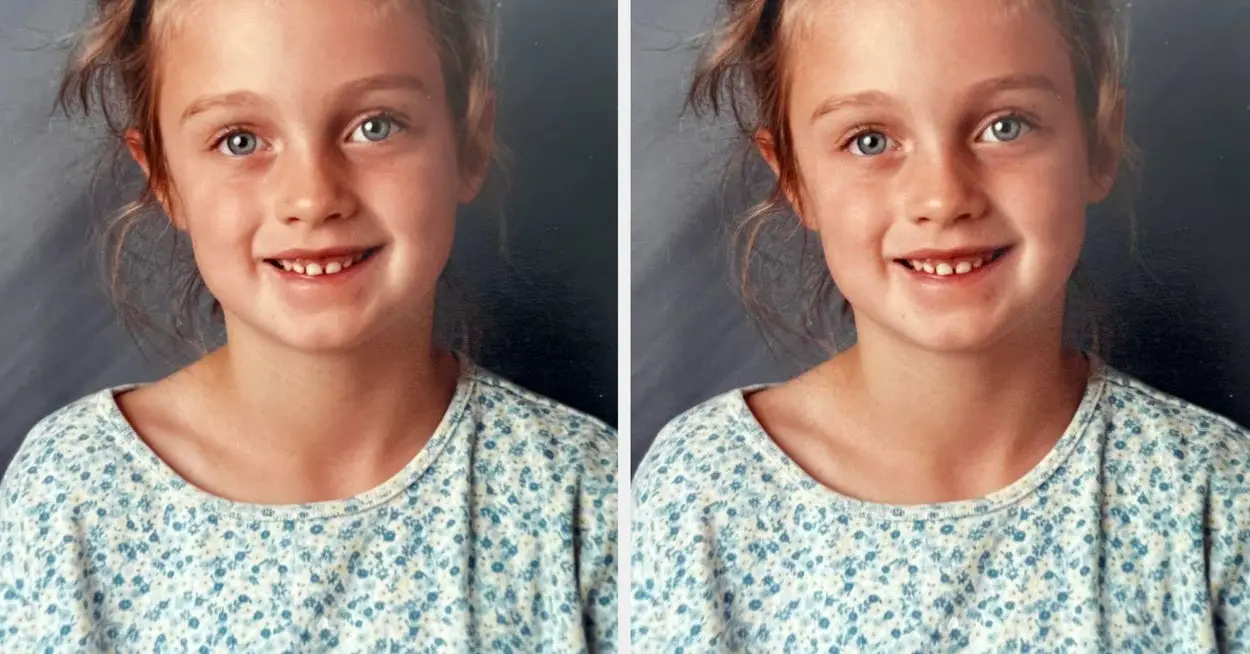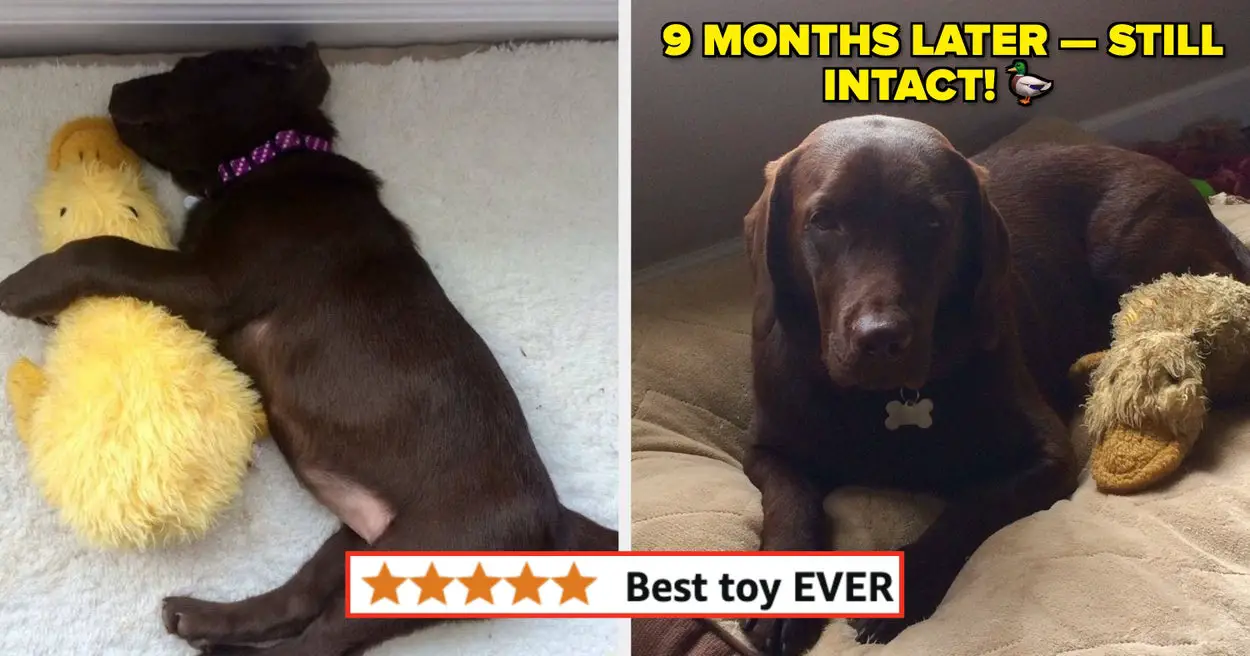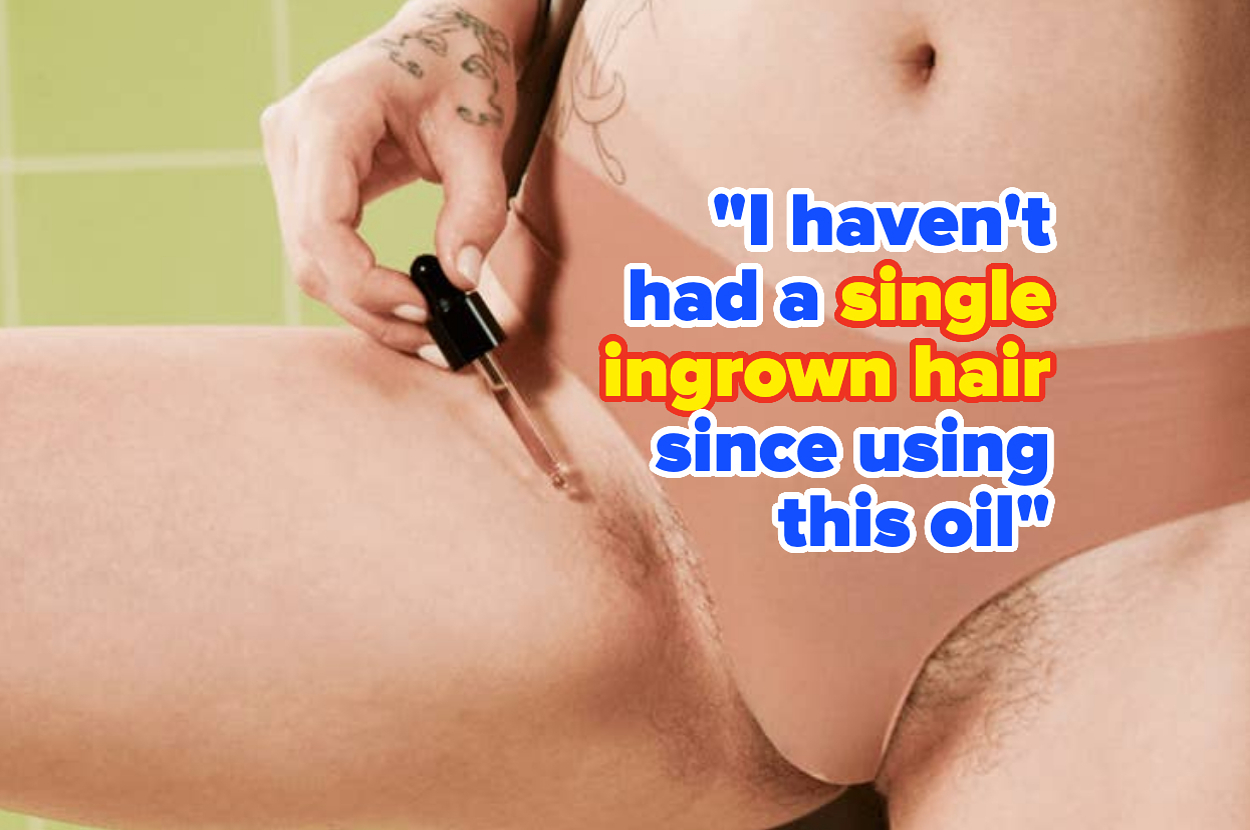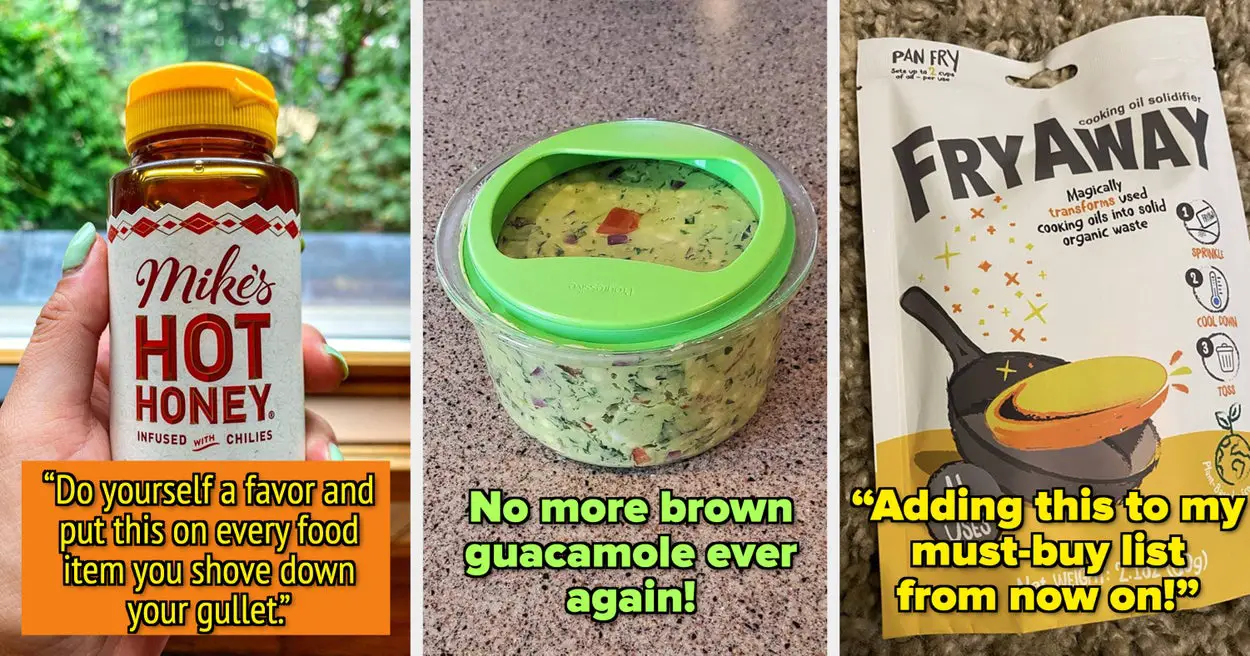When I talked to Nina’s teacher about the playground incident, he said, “Nina is responsible for her own behavior.” True, and we would be the last people to deny that, but surely the teacher had witnessed—
But no, he insisted, he hadn’t.
The school counselor confirmed that our daughter was being treated badly — by students and teachers alike. He found it personally distasteful, he told me, but was not in a position to change it, and when I asked, he discouraged me from approaching the principal. “I wouldn’t expect a positive outcome there,” he said, without elaborating.
I tried talking with the parents. “There’s just something about Nina,” one said.
I turned to books about bullying for guidance. I tried to prepare Nina by coaching her, as suggested, to not show the bullies that she was hurt. It is the victim’s weakness and isolation that makes her a target, they said, and it is her show of pain that incites the bullies to torment her further. If she could just pretend that nothing was happening, that she didn’t care, the bullies would grow bored of their sport and move on. I sometimes wondered how those “experts” could live with what they were implying: that the bullies would move on to another target and that this was somehow an acceptable solution.
I taught cooperative games on the playground at recess — that way I could at least keep an eye on Nina. I joined the PTA, baked pies and brownies for every bake sale, volunteered as a chaperone for every field trip, showed up for the class Halloween party with a witch hat, green face paint and a whole cauldron bubbling with rage.
Third grade arrived as bleary-eyed as I felt. My daughter was visibly shrinking, her blue eyes shaded a dull grey, her shoulders permanently bent. I became a freak, a wild animal. When Nina’s third-grade teacher ridiculed her for using manipulatives in math class — “Only kindergarteners need those,” he announced, to the delight of the rest of the class — I welcomed the chance to go in and scream, first at him, and then at the principal. “Since when did humiliation become a teaching tool?” I demanded.
A welcome respite came for Nina in the form of the Harry Potter books, which she read over and over, lost in his world — and, for a few moments, no longer inhabiting her own.
On the first day of fourth grade, each student was provided with a spiral bound day-planner with the school’s newly updated bullying policy printed and highlighted inside the front cover: Bullying “will not be tolerated.” It was almost too good to be true.
It was too good to be true. Nina’s lunchbox tipped me off in November. After Nina came home from school, I opened it to wipe it out. It was full. Again.
“I’m just not hungry, Mom,” she told me when I asked.
I squatted down in front of her and took her hands in mine. “You’re not on trial, my Sweet Pea,” I said. I was looking up at her face as she stood next to the counter, next to the unopened yogurt, the still-wrapped sandwich, the container full of sliced cantaloupe — the evidence. Her long lashes shadowed her cheeks, so soft, so vulnerable. Her chin trembled.
“I need to know what’s happening so I can help you,” I said, and I shook my head to silence the voice that sneered at me: Seriously? Like you’ve helped her so much before. Tears dripped down Nina’s cheeks, her shoulders slumped, and she sank down into my lap. She curled into an impossibly tiny ball, and said from somewhere inside my arms, “It will only make it worse.”
Source link











Leave a Reply